This article is part one of a two-part report on “SEED SYSTEMS”, an exhibition held at SOMA Art Space Berlin, a gallery in Berlin, Germany.
SEED SYSTEMS
SEED SYSTEMS is an XR exhibition hosted by STYLY that took place from September 9-30, 2022.
The exhibition was curated by Miriam Arbus of Sky Fine Foods and Peggy Schonanger of peer to space, an independent exhibition platform organization based in Berlin that has been supporting digital art globally since 2010. Peer to space is also an experimental project space that showcases international contemporary artists and other artists with new ideas and methods.
The exhibition will be held at SOMA Art Space in Berlin, the capital of Germany, where there are many art galleries.
The six artists from Germany and abroad used a variety of techniques and ideas to make us—the viewers—perceive a yearning for nature, the beauty of plants themselves, and new hints.
The garden is a place where we are tempted to foresee the potential of the relationship between humans and nature in the future.
What was the content of this exhibition, STYLY’s first in Europe?
As we walked to the gallery, we saw a sign.
As we approached the exhibition hall, the street became quieter and quieter.
Upon entering the building, one enters a patio, and further into the building, one finds this staircase leading to the basement.
Anxiousness and anticipation rose in the face of the somewhat dimly lit and mysterious atmosphere.
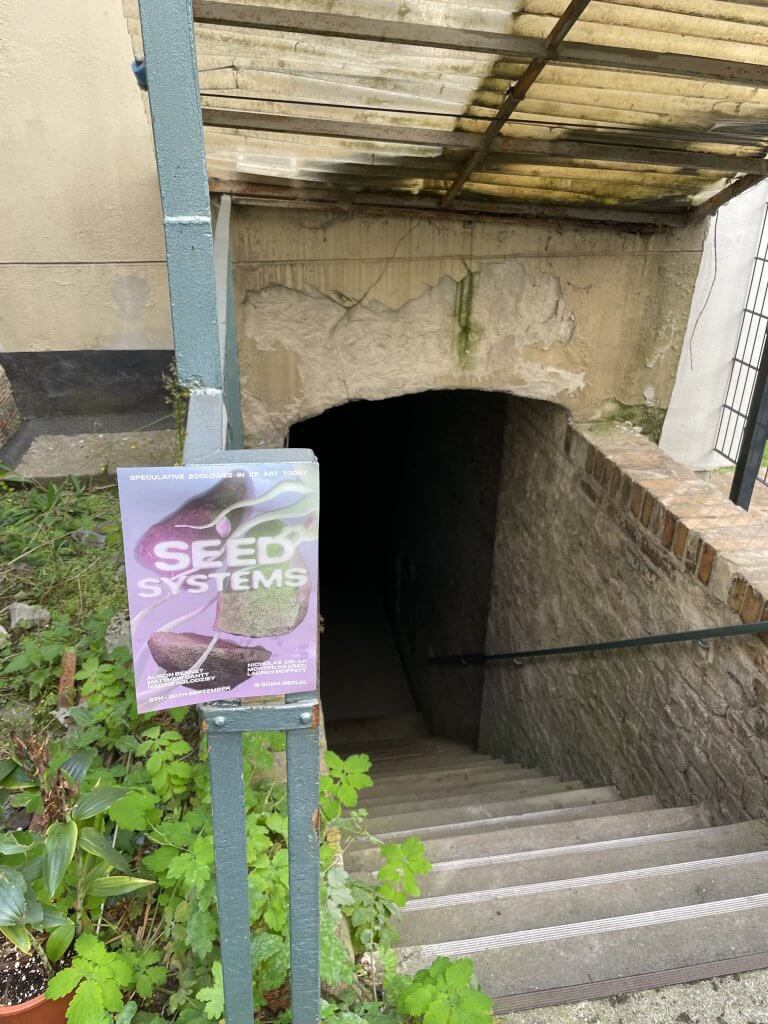
A group of XR plants spread out in the basement
At the end of the stairs leading down to the basement is a green-lit room. Although nothing can be seen with the naked eye, visitors can view four AR works and two VR works through tablets and VR goggles.
As the name SEED SYSTEM suggests, each work deals with themes related to the natural environment, plant structure, and ecological systems and questions new forms of communication in an environment that mixes the real and virtual through XR media.
All of the works on display can be experienced on STYLY, so we encourage you to view them at home. Information on how to view the works is provided at the end of this article.
Vegetal/Digital (AR Work)
“Vegetal/Digital” is an AR work by artist Alison Bennett.
When you hold up a tablet, beautiful native Australian flowers and plants appear. These very realistic and sharp objects look real at first glance, but closer inspection reveals a collection of dots. These are three-dimensional plants composed of a collection of points called a point cloud.
The way the details of the plants dissolve through an interactive experience using AR will create a new form of beauty.
Ultica Portal (AR Work)
“Ultica Portal,” an AR work by Nicholas Delap, features a number of plants that appear when the AR is held up. The motif is based on a plant called Ultica dioica, which is a member of the nettle family and is native to the British Isles.
Ultica dioica is used in folk remedies as a powerful medicinal herb and has properties that detoxify the soil, regenerate ecosystems, and allow for more diverse plant growth in the natural wild environment. Ultica dioica has a healing effect on humans and on nature as well. It thrives in seemingly neglected spaces, such as the artificial and deindustrialized landscapes that make up much of Britain today.
The artist responds to post-human neo-ecology based on research of these wild spaces and their flora and fauna. Delap encourages the rewilding of the viewer’s mind through the AR experience in which these plants appear.
(De)Composition (VR Work)
In this VR work, visitors can see giant plants in the virtual world. Large plants sway and wobble in a dimly lit, moonlit space. The aesthetic approach to digital nature will make you feel like a small insect. The plants, meshed in 3D by photogrammetry technology, exude an organic digitality.
The VR work “(De)Composition” by Lauren Moffatt references “The Crystal World,” a dystopian novel written by J.G. Ballard in 1966. It tells the story of a doctor and his adulterous partner Suzanne Clare, depicted in an apocalyptic world where people, forests, and everything else are crystallizing.
The artist’s tribute to the novel explores the cycles of nature’s rise and fall and how various virtual and physical ecosystems are linked by human movement and action. At the same time, it pays tribute to the lost story of the character Suzanne Clare and to the lost female voice and perspective.
In this context, technology becomes a tool of deceleration and renewal, representing the possibility of new technological approaches to understanding the times in which we live.
That is all for the works presented in this article. Other works will follow in the second part.
How to Experience a VR Scene
If you are accessing this page from a smartphone, please click on the “Try Now” button (*If you are experiencing the scene on a smartphone for the first time, please also refer to the following instructions).
After clicking, the following screen will be displayed.
If you have already downloaded the STYLY Mobile app, please select “Activate in STYLY app”.
If you have a HMD device, please select “Experience in VR” from your PC (web browser).
Download the STYLY Mobile app
Download the Steam version of STYLY app
https://store.steampowered.com/app/693990/STYLYVR_PLATFORM_FOR_ULTRA_EXPERIENCE/
Download the Oculus Quest version of STYLY app
https://www.oculus.com/experiences/quest/3982198145147898/
For those who want to know more about how to experience the scene
For more information on how to experience VR scenes, please refer to the following article.
Edited by SASAnishiki
Translated by passerby1
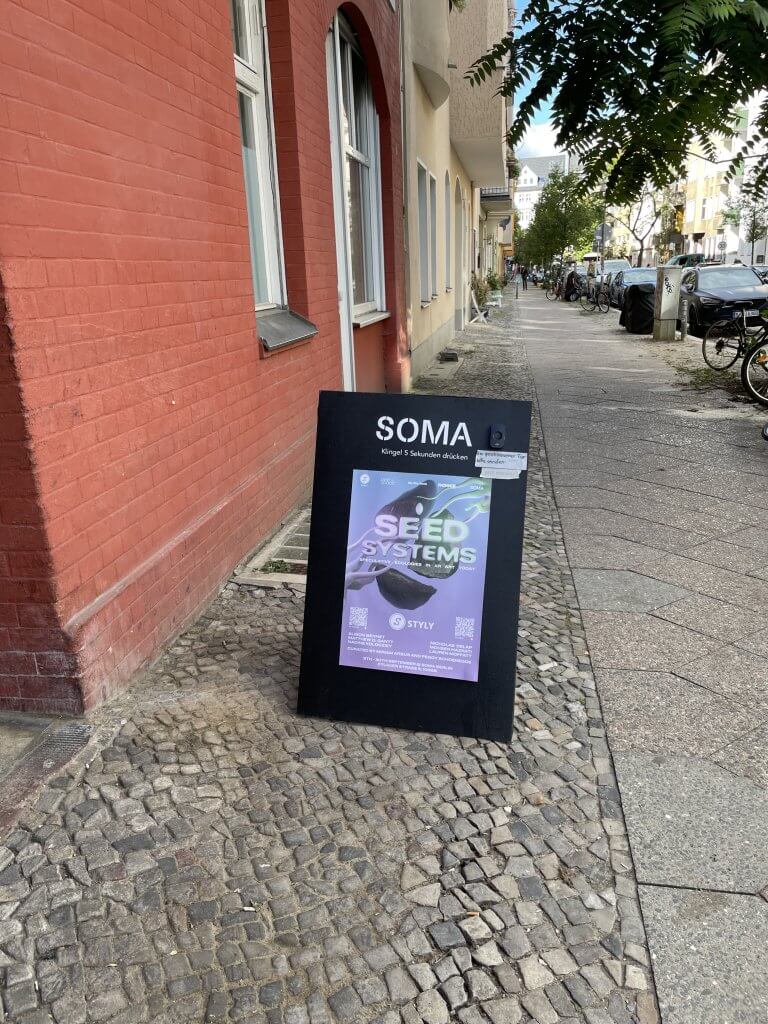

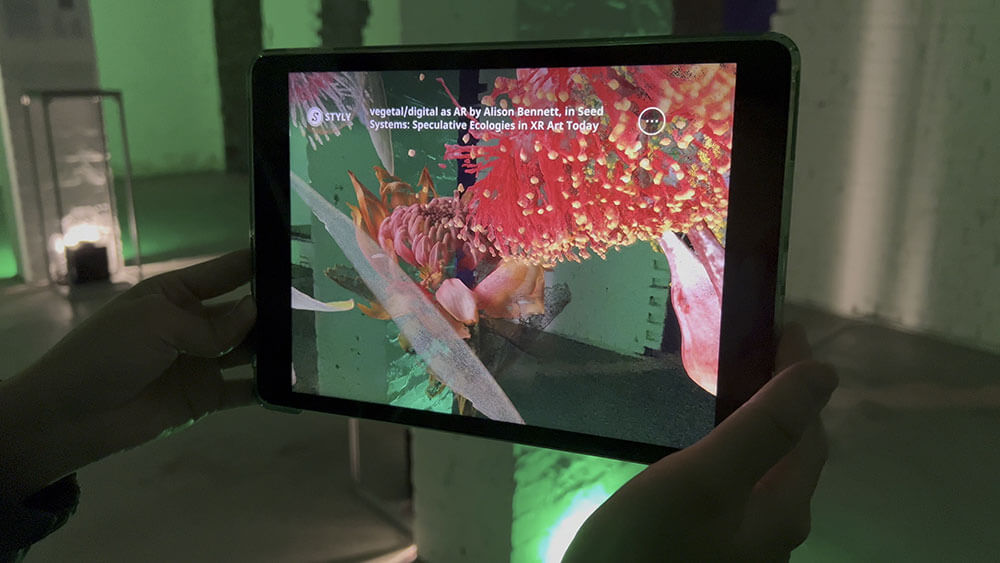
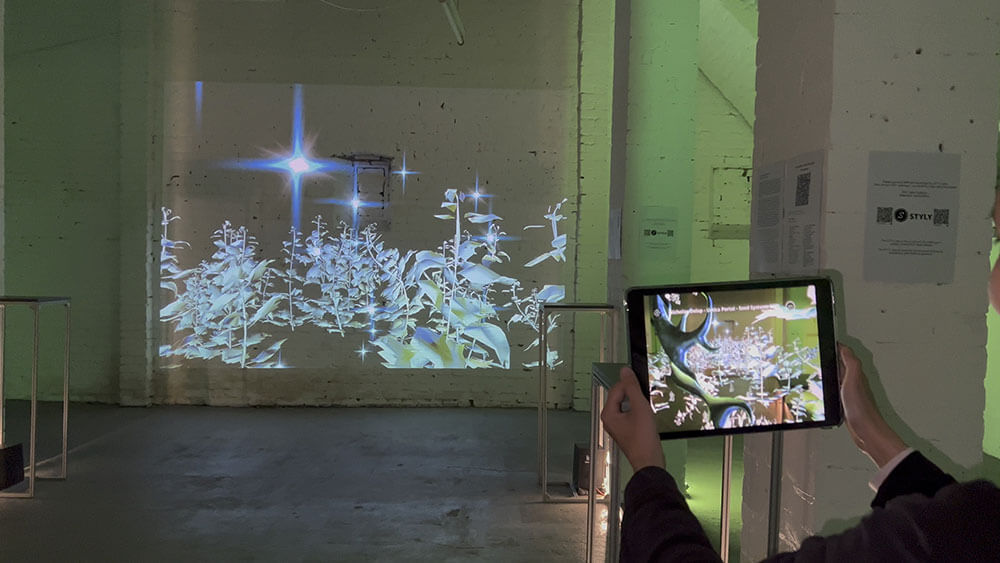
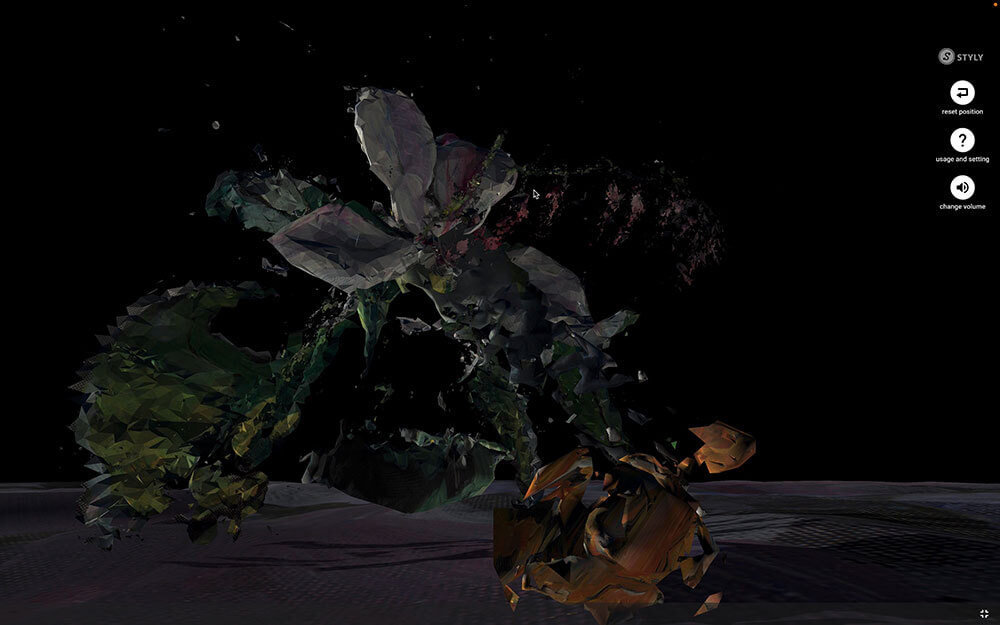
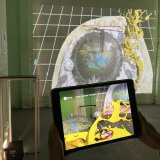
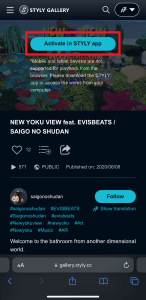


![[Summary] How to experience STYLY scenes VR/AR(Mobile) / Web Browser Introduction by step](https://styly.cc/wp-content/uploads/2020/04/スクリーンショット-2020-04-10-12.53.04-160x160.png)